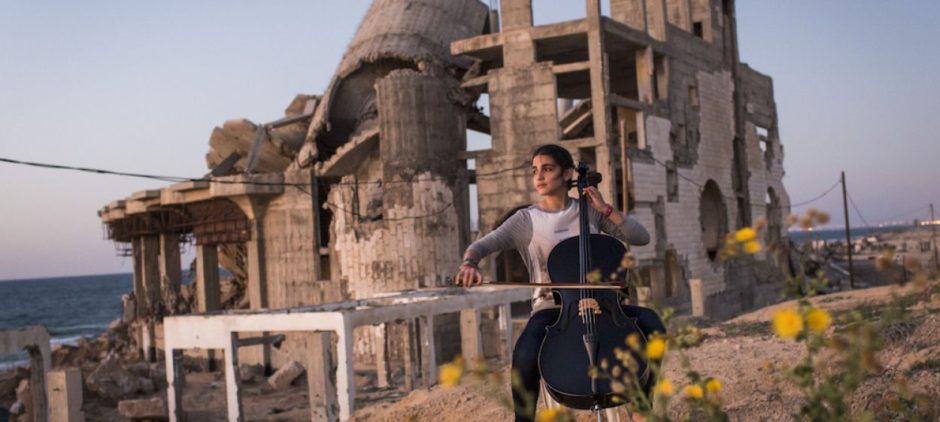The Palestinian Arab inhabitants of the Gaza Strip have been consigned to purgatory since the first Arab-Israeli war in 1948.
This theme is fleshed out in Gaza, a sad and expressive documentary by Gary Keane and Andrew McConnell scheduled to be screened at the Canadian International Documentary Festival (Hot Docs) in Toronto on April 30, May 1 and May 3. A German-Irish-Canadian co-production, it examines the plight of ordinary Palestinians coping with adversity and pain in Gaza.
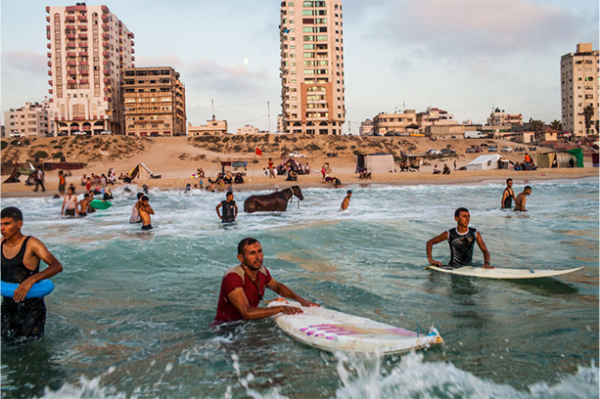
Gaza, largely inhabited by Palestinian refugees and their descendants, was occupied by Egypt during the 1948 war and by Israel during the 1967 Six Day War. Israel withdrew unilaterally in 2005, and Hamas — the Islamic resistance movement, which rejects Israel’s existence — has ruled Gaza with an iron hand since 2007. Shortly after Hamas’ accession to power, Israel and Egypt imposed a blockade on the small coastal enclave, which is 25 miles long and seven miles wide.
In line with its aggressive designs on Israel, Hamas and other Palestinian rejectionist groups have fired thousands of rockets and mortars at Israel. As a result, Israel and Hamas have fought three wars and a succession of skirmishes in the past 11 years.
The nearly two million Palestinians of Gaza have borne the brunt of this chronic tension and violence, as Gaza shows in telling detail. Keane and McConnell focus on people rather than politics, but in doing so they lose the benefit of context.
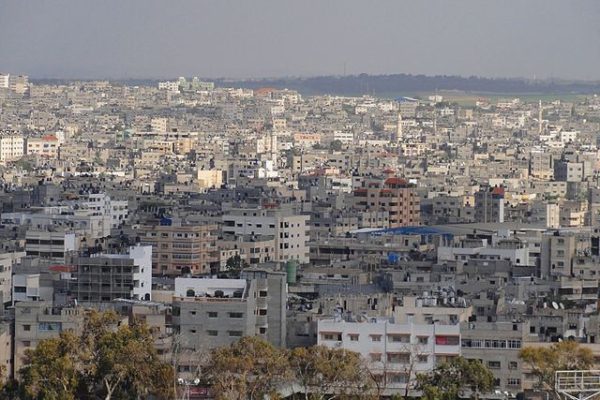
Hamas is barely mentioned, as if it has no impact on the lives of Gaza’s long-suffering subjects. But two images speak volumes: A cavalcade of vehicles, carrying Hamas officials, thunders down a thoroughfare guarded by masked men brandishing assault rifles. And a Hamas rally in the centre of Gaza City attracts thousands of Gazans. While an unidentified man suggests that Hamas stands in the way of a resolution of the Arab-Israeli dispute, the filmmakers say nothing about Hamas’ constant bombardments of Israel. And Israel seems little more than a distant blur on another planet.
These are not mere oversights. In their quest to draw a stark portrait of national misery in Gaza, a valid undertaking in and of itself, they consciously omit important facts that simply cannot be ignored. So what we’re left with in Gaza is only a partial explanation of the humanitarian disaster that festers in Gaza.
Ahmed, 14, dreams of owning a big fishing boat one day. In the meantime, he works aboard a vessel that plies the waters of the Mediterranean Sea adjacent to Gaza. His father has three wives who’ve given birth to 12 children. The overcrowding in their house means that Ahmed must sometimes sleep on the beach.
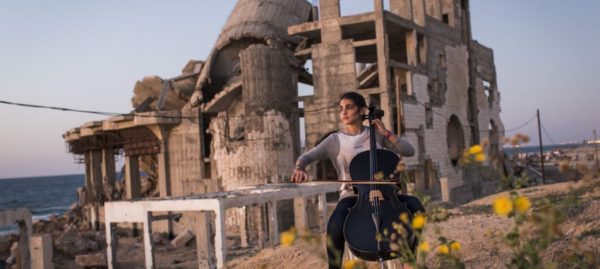
Karma, 19, is secular but thinks of donning a veil. She plays the cello but wants to study political science. She feels trapped in Gaza. Her mother, a sophisticated woman, longs for the bygone era when Gaza was a liberal outpost where women could wear bathing suits without causing a scandal. Karma’s mother is friends with a fashion designer who staged Gaza’s first fashion show.
A taxi driver yearns for peace, prosperity and a normal life, but they’re beyond his grasp. “In Gaza, you never know what will happen,” he laments. “We live in fear.” And he can barely make a living.
A lifeguard echoes his comments. Gaza, he says, is in “complete darkness.” He tries to be upbeat, but the Israeli siege is a bitter reality that weighs heavily on him.
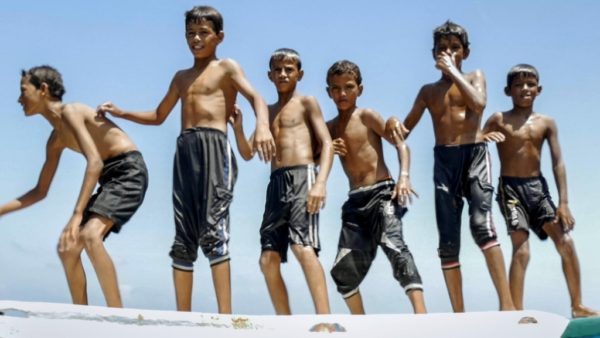
A tailor and his assistant work on sewing machines. Suddenly, the power goes off. Electricity shortages are common in Gaza. The tailor implicitly blames the abysmal situation on the Israeli siege. A wizened fisherman complains that Israel’s siege plays havoc with his ability to earn a living. “We want to be free,” he exclaims. He has had enough of the “occupation” of Gaza, from which Israel unilaterally withdrew in 2005.
Keane and McConnell make a passing reference to the Israeli and Egyptian border crossings, which are often closed and thereby prevent Gazans from leaving Gaza.
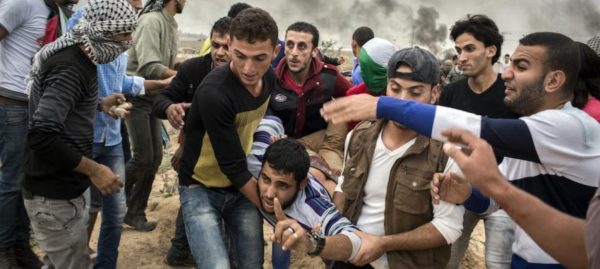
In the next few scenes, the camera pans on bombed-out buildings, an incendiary kite heading toward Israel, and Palestinian protesters throwing rocks and burning tires near the fenced-off Israeli border. Wounded demonstrators are carried away on stretchers to a field hospital. In sorrow, a medic says that young men in Gaza have nothing to live for and that they’re a burden on society.
A theater director expands on this theme by disclosing that his six children, all university graduates, cannot finds jobs in Gaza.
As two Israeli F-16 jets roar by, a ragged neighborhood is shaken by the frightening sounds of explosions. A house burns, belching black smoke, as wounded Palestinians are rushed to a hospital. The film offers no explanation as to what has just happened, but gives us a vivid flashback to the 2014 Gaza war, which caused the deaths of 2,200 Palestinians and resulted in widespread destruction.
Toward the end of Gaza, a middle-aged woman admits she previously wanted to kill Israeli soldiers, but now opposes violence and is convinced there are “other ways” to fight Israel.
This may be true, but as long as Israel and the Palestinians are so deeply at odds, Gaza will sink deeper into the morass of its misery.
